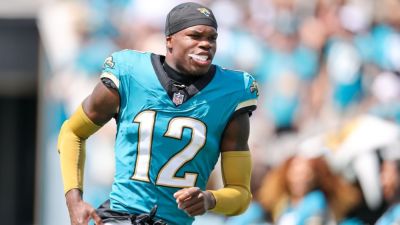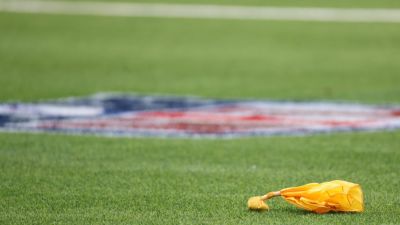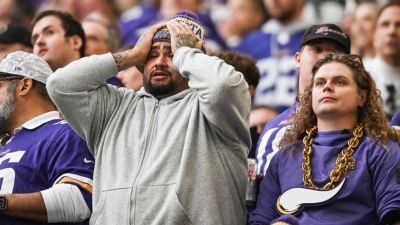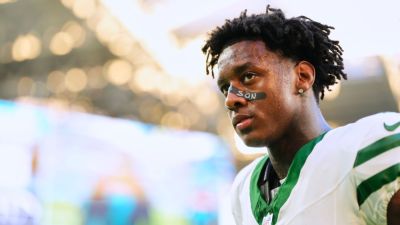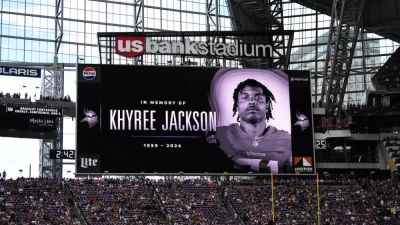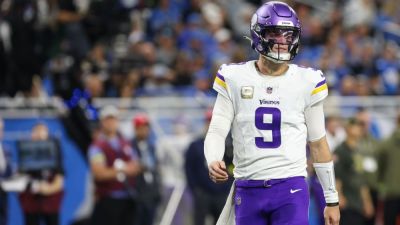What Carson Wentz's injury means for Vikings, J.J. McCarthy - ESPN
EAGAN, Minn. — Carson Wentz took a beating Thursday night at SoFi Stadium. Wearing a series of harnesses to hold together his left shoulder, Wentz frequently grimaced in pain. Sacked five times and hit on four other occasions, he repeatedly clutched his arm as if to prevent it from falling off. After his final pass in the Minnesota Vikings' 37-10 loss to the Los Angeles Chargers, he hurled his helmet toward the bench, covered his face with a towel and then appeared to be holding back tears as he looked toward the sky.
The entire night was a throwback to previous eras of gladiator football, when players were glorified for pushing through injuries that would cripple mere mortals. As it turns out, Wentz was playing with a torn labrum and fractured socket caused by a dislocation he suffered on Oct. 5 against the Browns. He said Thursday night that he could still function well enough to help the team, and coach Kevin O'Connell said that Wentz told him repeatedly he could continue playing.
The scene was all in service of a larger goal that would have been sneered at in previous decades: protecting a pair of young quarterbacks who offer more long-term value to the Vikings than Wentz.
As long as Wentz stayed in the game, second-year quarterback J.J. McCarthy was ineligible to play. As the designated emergency third quarterback, and in his sixth week of recovery from a high right ankle sprain, McCarthy could play only if both Wentz and No. 2 quarterback Max Brosmer were ruled out by medical officials.
With tackles Christian Darrisaw and Brian O'Neill both sidelined by knee injuries, and the Vikings using a converted guard (Blake Brandel) at center, O'Connell said afterward he did not want to subject the undrafted rookie Brosmer —



